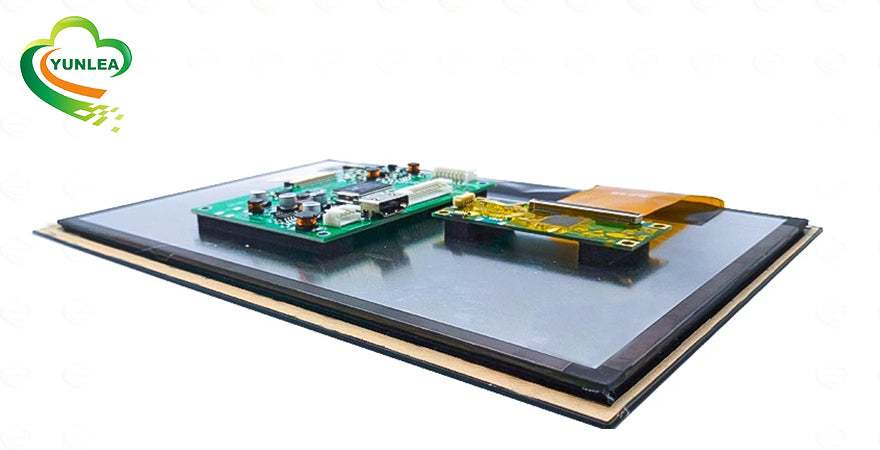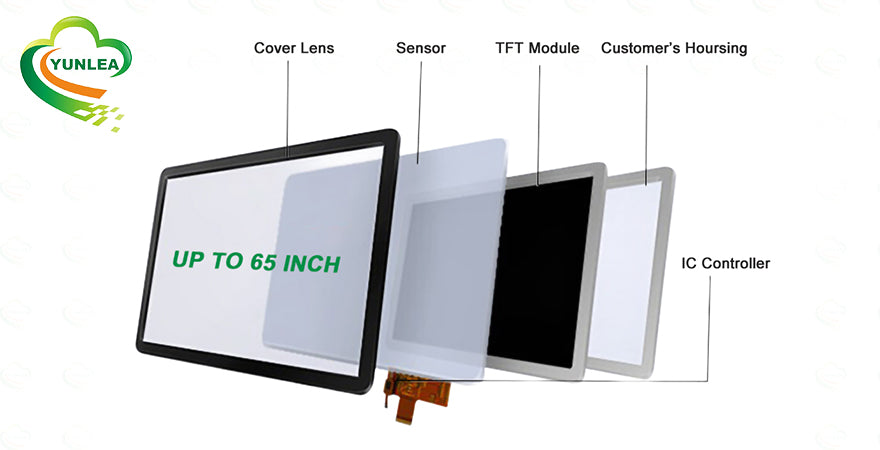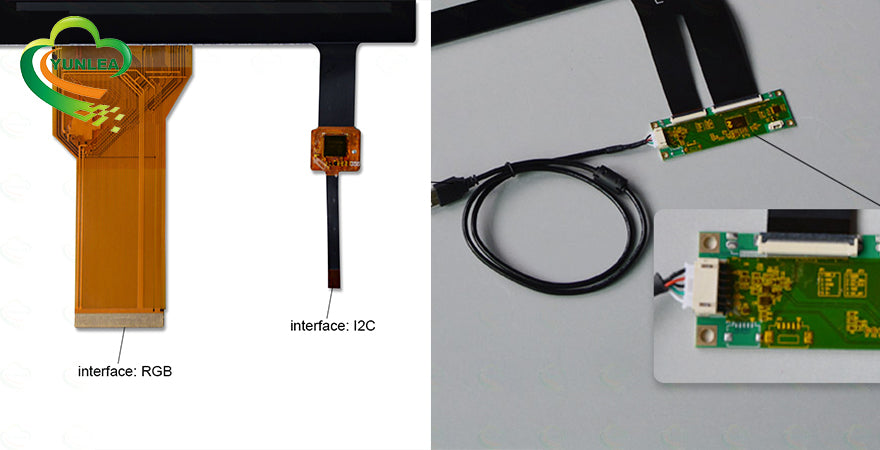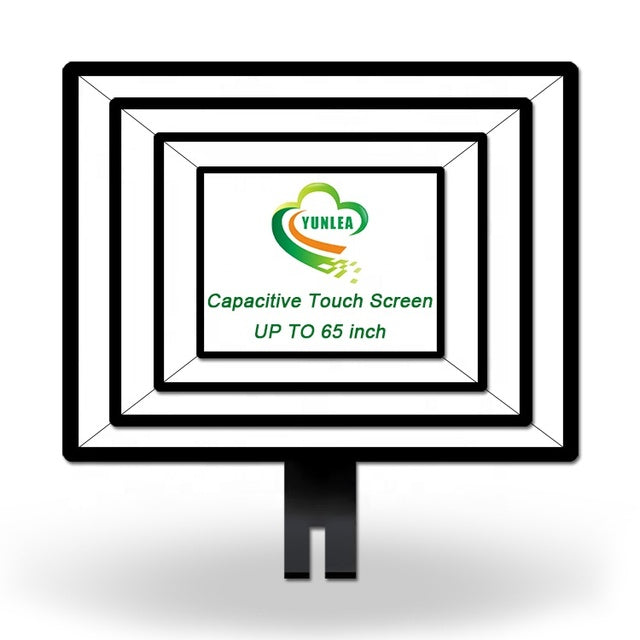Three Winning Advantages of Capacitive Touchscreens
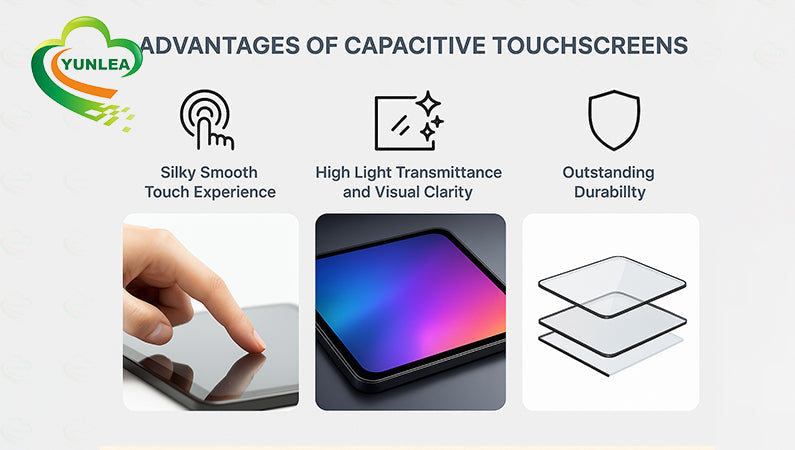
As input technology evolves from physical buttons to screen-based interactions, capacitive touchscreens have become the standard in consumer electronics, medical devices, automotive systems, and industrial control panels. Their dominance stems from three core advantages:
1. Silky Smooth Touch Experience
Zero-pressure activation
Capacitive touchscreens detect changes in electrostatic fields, requiring only a light touch—no physical pressure needed. This effortless operation reduces fatigue and enhances user comfort.
Premium tactile feel
With a hard glass surface—often strengthened glass like Corning® Gorilla Glass®—capacitive screens feel cool, smooth, and high-end, unlike the flexible plastic surface of resistive screens.
Glide with ease
Glass has a low friction coefficient, allowing fingers to glide seamlessly. Whether swiping through apps or playing games, users enjoy a fluid, elegant, and responsive interaction.
2. High Light Transmittance and Visual Clarity
Simplified structure, better transparency
Capacitive touchscreens have fewer layers than resistive types. The glass + transparent conductive coating (like ITO or metal mesh) allows light transmittance up to 90%, compared to ~85% or less for resistive.
Crisper, brighter visuals
Less light is scattered or absorbed, resulting in brighter displays, deeper contrasts, and more vibrant colors. Say goodbye to the “milky haze” common in multi-layer resistive screens.
Seamless integration
Optically bonded capacitive glass creates a premium, seamless display appearance. This enhances not just aesthetics but also screen readability under different lighting conditions.
3. Outstanding Durability
Hardness advantage
Glass is naturally harder than the PET film used in resistive touchscreens. Capacitive surfaces resist scratches from everyday objects like keys or coins, preserving clarity and feel.
Wear resistance
High-quality glass withstands tens of thousands of touches with minimal degradation. While oleophobic coatings may wear over time, the glass itself remains smooth and intact.
Longer service life
Capacitive screens maintain their performance and appearance for years, far outlasting resistive screens that suffer from scratches, indentations, and declining sensitivity.
✅ Conclusion:
Capacitive touchscreen technology delivers a superior tactile experience, clearer visuals, and long-term reliability, making it the gold standard for modern touch interfaces. The synergy between smooth operation, display excellence, and rugged durability makes it the ideal choice for industries that demand both performance and aesthetics.
📩 Looking to upgrade or customize your capacitive touchscreen solution?
Contact info@yunlea.com for tailored designs and expert support.


